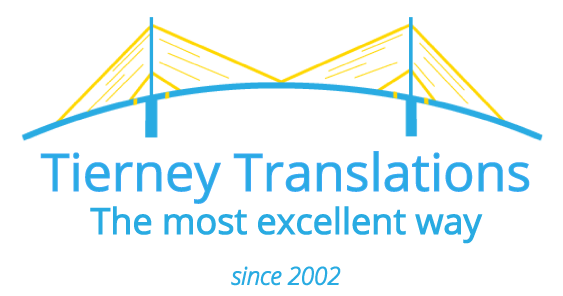The information in your translated document may decide your case; it may also be challenged in court. You want to know it has been done right.
I will provide you with a translation that reads smoothly, accurately reflects the whole meaning of the source text, and uses proper terminology. Besides my years of self-study on legal subjects and experience translating contracts, court decisions, and other legal documents, I have taken course work for the Advanced Technical Certificate Program for paralegal studies at Hillsborough Community College in Tampa, Florida, including:
- Introduction to Paralegal Studies
- Civil Litigation
- Contract Law
- Criminal Law and Procedures
- Wills, Trusts, and Estate Administration
I also study with Translegal Academy, an online program intended for attorneys from non-English speaking jurisdictions.
Legal translation from Arabic to English has two major challenges: Terminology and Style.
Terminology
Arabic has a legal history distinct from Western jurisprudence, so there are no clean word-for-word matches for the terms that reflect these two different historical paths.
For example, the word سند, sanad, can mean “document, deed, bond, promissory note, instrument, commercial paper, title, voucher, policy, support, pillar, and bail bond” depending on the context. Would you like your translator to know when to use one English term and not the other?
Arabic dictionaries (mostly out of Lebanon) have تأمين, ta’meen, as “insurance,” but contracts and tenders out of other regions, mostly the Gulf, use this same term when there is no reference to insurance. Even though it is not in the dictionary, it is sometimes used for “bond,” as in “performance bond.” An inexperienced translator will just use the dictionary term, even if it doesn’t fit the context. I will use the correct term.
English uses distinctive terminology for arbitration proceedings to differentiate them from judicial proceedings. Arabic makes no such distinction. I can ensure that the translation reads clearly with terminology appropriate for an arbitration case.
There are numerous Arabic-English legal dictionaries, but very few Arabic-Arabic legal dictionaries for the very obscure terms. I have assembled a series of commentaries and other legal documents for immediate access that I use for determining the meaning of a word from its use in a legal context. You want top-of-market; you get top-of-market.
Readability
I follow the “Plain English” school for written legal prose. I keep my translations as straightforward and as clear as possible while still using appropriate terms of art. This can mean significant reorganizations of sentence structure and trimming of verbiage. Arabic writers often provide descriptions where none is necessary, so I remove these. For example, an arbitration expert report included a discussion of maritime transport of scrap metal. In the section discussing the first of six ships involved in the case, the author provided a fifteen-word description of the ship each time it was mentioned. This extra wording wasn’t necessary because there was no possibility of confusion, so I trimmed it out.
Sentences in Arabic can be unusually long by English standards. A sentence of three hundred words is common, and I recently measured a sentence at 960 words. I had to break it down into both paragraphs and individual sentences. A literal translation will give you a sentence at least 960 words long.
I use British English for my UK clients, besides providing translations for English as Lingua Franca (EPF).
I follow the Bryan Garner school of legal writing, and refer to his books, such as A Dictionary of Modern Legal Usage, as necessary.
That said, if you want me to use “shall,” I will use “shall.” The customer is always right.
Ancient Language Meets Modern Technology
Thanks to the information age, your case may involve 100,000 documents or more. The challenge is easier if the documents are in digital format, but official documents in Arabic are normally stamped, so they will most likely be in hardcopy scans. Then throw in that Arabic is very difficult to convert to digital using optical character reading (OCR), since it is a cursive language, and you get an idea of the problem. This is where I come in. I can maximize technology to drill down to the information you need for your case. Let’s talk about how to make your monstrous data load more manageable.
Back Translations
Some clients like to have a translation into a foreign language translated back into English to ensure the translation is correct. At first glance, this may seem like a prudent measure, especially for a contract. However, the trouble arises in the execution of the back translation, which can either be done as a literal translation or an idiomatic translation. Your real goal is to know what the other party understands when they read the document so you can avoid misunderstandings. So then, do you want a literal translation? This may read horribly in English, but be an accurate reflection of perfectly fine rhetorical style in Arabic. Alternatively, an idiomatic translation may be easier to read, but it may also mask exactly the mistakes you are trying to find. A more effective alternative would be to analyze the translation to determine if there are any ambiguous terms (see sanad above) or vague phrasing that may lead to a future interpretation detrimental to your interests. Regardless of my reservations of back translations in the legal field, I perform this service for my clients.
Disclaimer: I have translated documents for cases in all of the courts illustrated on this page. This is not an endorsement by any of these courts for my services.

